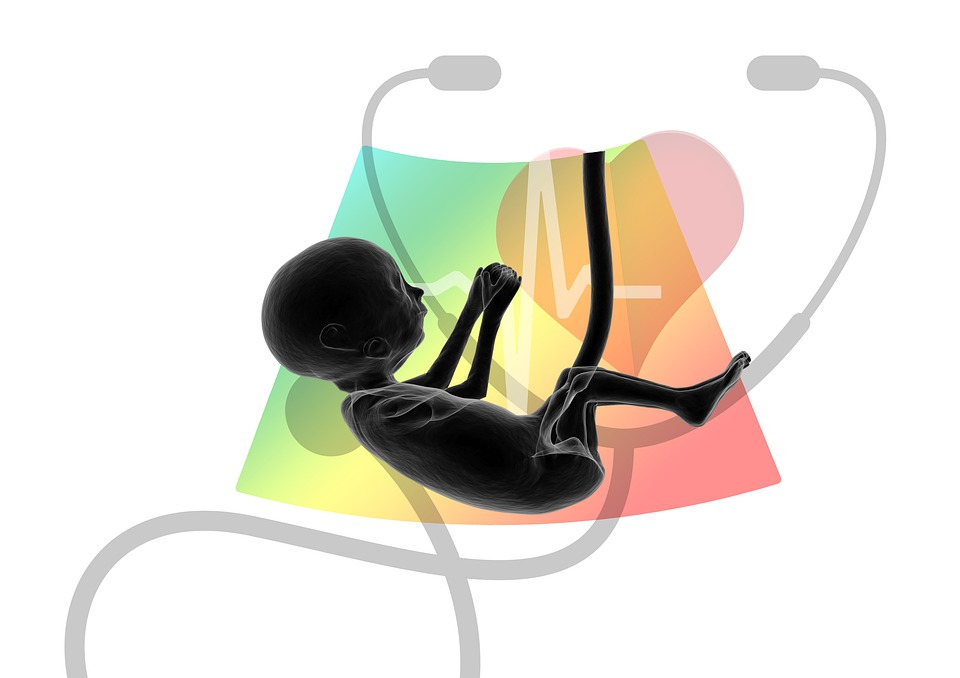How an Amniotic Fluid Injection Is Performed
 When a woman becomes pregnant, the normal process of cell division causes a small bump in the lining of the uterus known as an amniotic sac, learn here for more info. This sac is filled with fluid and when it breaks, it spills into the fallopian tubes where a fertilized egg can be implanted. An amniotic fluid injection can be used to help prevent a miscarriage that may occur as a result of a ruptured sac. This type of delivery can also be used to extend the gestational period to give the mother time to decide on a name for the child and make her welcoming decision known to the world.
When a woman becomes pregnant, the normal process of cell division causes a small bump in the lining of the uterus known as an amniotic sac, learn here for more info. This sac is filled with fluid and when it breaks, it spills into the fallopian tubes where a fertilized egg can be implanted. An amniotic fluid injection can be used to help prevent a miscarriage that may occur as a result of a ruptured sac. This type of delivery can also be used to extend the gestational period to give the mother time to decide on a name for the child and make her welcoming decision known to the world.
In some cases, an amniotic fluid injection can also be used after an ovarian cyst rupture to help treat pain associated with the cysts.There are many reasons why a woman would want to get an amniotic fluid injection. The most common reason is because a woman wants to enjoy her pregnancy and delivery period. The pain that comes with getting pregnant is one of the most uncomfortable experiences a woman can go through, which is why so many women choose to get an amniotic fluid injection to deal with it. Other times, an amniotic fluid injection can help relieve pain associated with fibroids. And sometimes, the injection is needed to help treat certain fertility disorders such as polycystic ovarian syndrome.
Now If you are considering getting an amniotic fluid injection, it is important that you are examined by your doctor first. Your medical history should be taken down to ensure that there are no other conditions that would need to be addressed with the same medicine. Your doctor will look at how far along in your pregnancy you are, as this will determine how soon you will be able to receive this medication. Your doctor will most likely give you a written recommendation to schedule the procedure, but you should still discuss it with him or her if you have any questions. He or she will most likely explain the process to you and will be available to you to answer any questions that you may have.
During the procedure itself, you will be sedated while the doctors inside the operating room numb the area, and place the amniotic fluid into your belly. A plastic tube will then be inserted into your abdomen. While it is in place, the doctors can then remove the amniotic fluid through the tube and insert it into your uterus. This procedure may take up to an hour or so, depending on your medical condition.The amount of amniotic fluid will depend on the doctor. Usually, you will receive about four to five ounces of fluid, but some women need as much as ten ounces.
Once the procedure is complete, you will be able to travel home, though you may want to sit in the hospital for a day or two before returning home. You can expect some mild cramps in the area for a day or two, and these should go away with time.In most cases, a woman will experience some discomfort following the amniotic fluid injection. However, this generally goes away within a couple of days, and you will probably not need any other treatments. However, some women do report some vaginal bleeding after the procedure. This is usually temporary and you will be able to return to normal activities within a couple of weeks, so it is definitely something to consider if you are concerned about this. Check out this related post https://en.wikipedia.org/wiki/Amniotic_fluid to get more enlightened on the topic.
